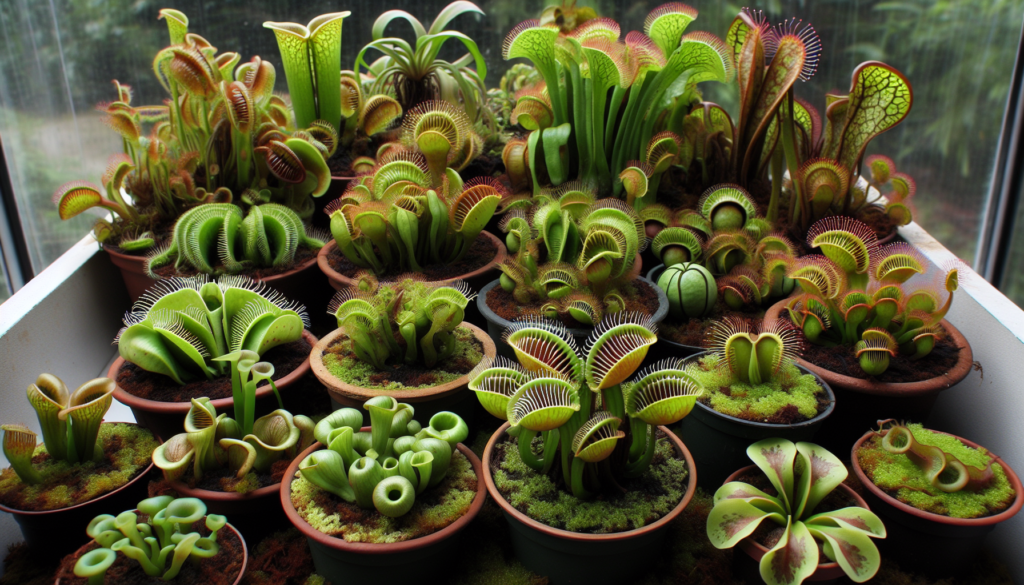To treat bamboo palm pests and diseases, it is recommended to use a combination of regular monitoring, proper watering, applying insecticidal soap or neem oil for pests, and ensuring good air circulation to prevent fungal diseases.
Our comprehensive guide equips Bamboo Palm enthusiasts with vital knowledge on identifying, preventing, and controlling common pests and diseases.
Perfect for both seasoned gardeners and newcomers to indoor gardening, this article offers expert strategies to maintain healthy, vibrant Bamboo Palms. Delve into our guide for successful plant care and maintenance, ensuring a thriving indoor garden.
Understanding Bamboo Palms

Before diving into pests and diseases, let’s first familiarize ourselves with Bamboo Palms. These beautiful plants, scientifically known as Chamaedorea seifrizii, are popular for their elegant appearance and air-purifying qualities.
Bamboo Palms are native to Mexico and Central America and are commonly found in tropical and subtropical regions. They are characterized by their slender, bamboo-like stems and lush, feathery fronds that can reach up to six feet in length.
These palms are relatively small in size, making them suitable for both indoor and outdoor cultivation. In addition, they are well-known for their ability to adapt to various lighting conditions, including low-light environments, which makes them an ideal choice for offices, homes, and other indoor spaces.
When it comes to growth habits, Bamboo Palms are considered slow growers, taking a few years to reach their maximum height.
However, with proper care and the right growing conditions, these palms can thrive and bring a touch of tropical beauty to any setting.
Common Pests Affecting Bamboo Palms

If you own Bamboo Palms, you may encounter various pests that can disrupt the health and beauty of your plants.
Understanding the signs of infestation and effective methods for identification and control is essential for maintaining vibrant and pest-free Bamboo Palms.
Spider Mites
One common pest that affects Bamboo Palms is the spider mite. These tiny arachnids thrive in warm and dry conditions, often causing discoloration, stippling, and webbing on the leaves.
To identify Spider Mites, examine the undersides of the leaves for small, translucent pests, and look out for yellowing or bronzing foliage. To control infestations, regularly mist the leaves to increase humidity, prune affected areas, and apply insecticidal soap or neem oil.
Scale Insects
Scale insects are another major concern for Bamboo Palms. These sap-sucking pests often appear as small, immobile bumps on the leaves and stems. Look for yellowing leaves, honeydew (sticky residue), and the presence of ants.
To eliminate Scale Insects, gently scrape off the pests with a soft brush or cloth, or use natural oil-based sprays to suffocate them.
Aphids
Aphids can quickly multiply and cause significant damage to Bamboo Palms. These small, soft-bodied insects can be found on the undersides of leaves, sucking sap and leaving behind sticky honeydew.
Look for curled or distorted leaves as well as the presence of ants. Control Aphid infestations by introducing beneficial insects like ladybugs or lacewings, regularly washing the leaves with a strong jet of water, or using insecticidal soap.
Preventing Pest Infestations
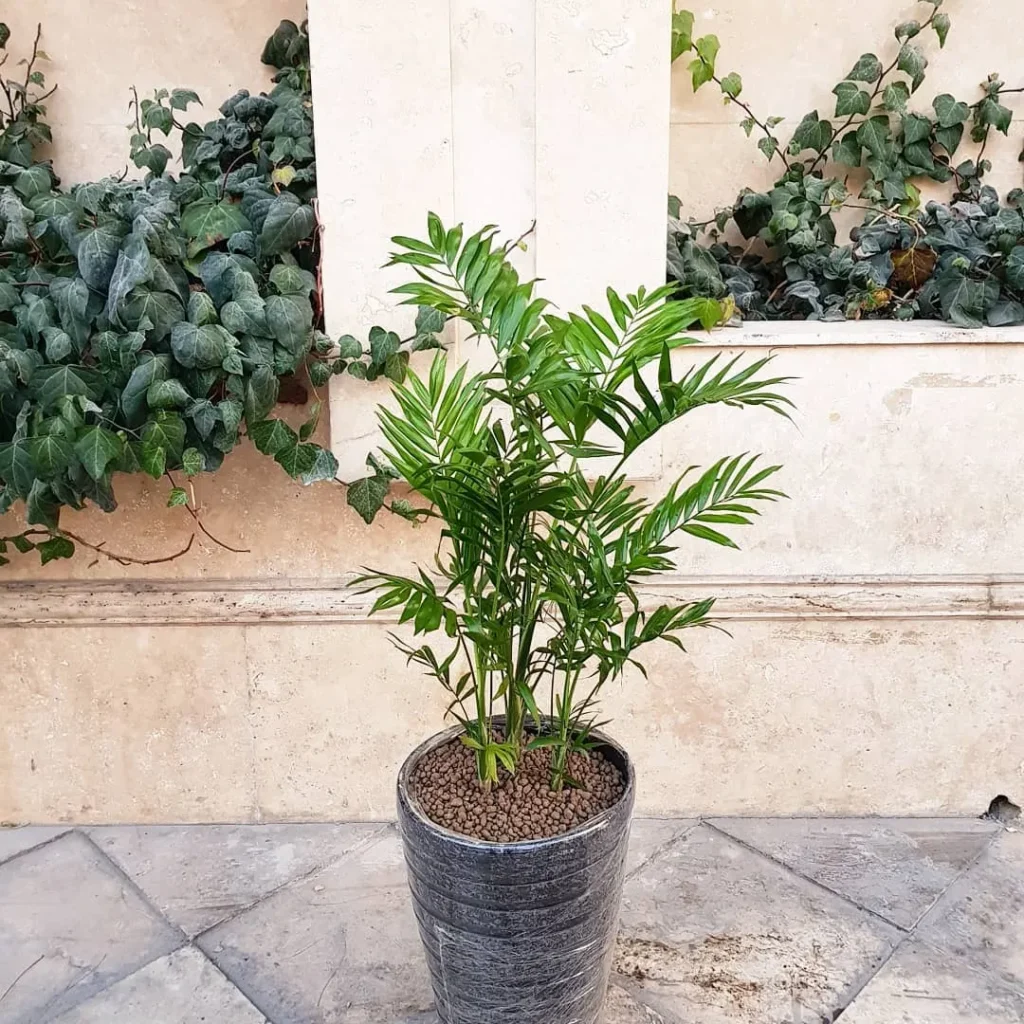
Pests can wreak havoc on your beautiful Bamboo Palms if left unchecked. To ensure the health and vitality of your plants, it’s important to implement proactive techniques to prevent pest infestations.
By following these simple steps, you can create an environment that is inhospitable to pests.
1. Proper Sanitation: Maintaining a clean and tidy garden is essential in preventing pest infestations. Remove fallen leaves, dead plants, and any other decaying organic matter that pests may feed on or use as breeding grounds.
2. Regular Inspections: Conduct regular inspections of your Bamboo Palms to catch early signs of pest activity. Look out for discolored leaves, webbing, chew marks, or any other unusual signs that may indicate the presence of pests.
Prompt action can help prevent the infestation from spreading.
3. Use Natural Insect Repellents: Incorporating natural insect repellents can be an effective way to deter pests from your Bamboo Palms.
Consider using botanical sprays, such as neem oil or garlic spray, which are non-toxic to plants but repel pests.
4. Create Physical Barriers: To protect your Bamboo Palms from crawling pests, consider installing physical barriers such as sticky traps or copper tape around the base of your plants.
These barriers can prevent pests from climbing up and causing damage.
5. Optimize Growing Conditions: Healthy, well-maintained plants are less susceptible to pest infestations. Provide your Bamboo Palms with optimal growing conditions, including proper watering, adequate sunlight, and appropriate fertilization.
This will help them thrive and naturally resist pests.
Managing Spider Mite Infestations
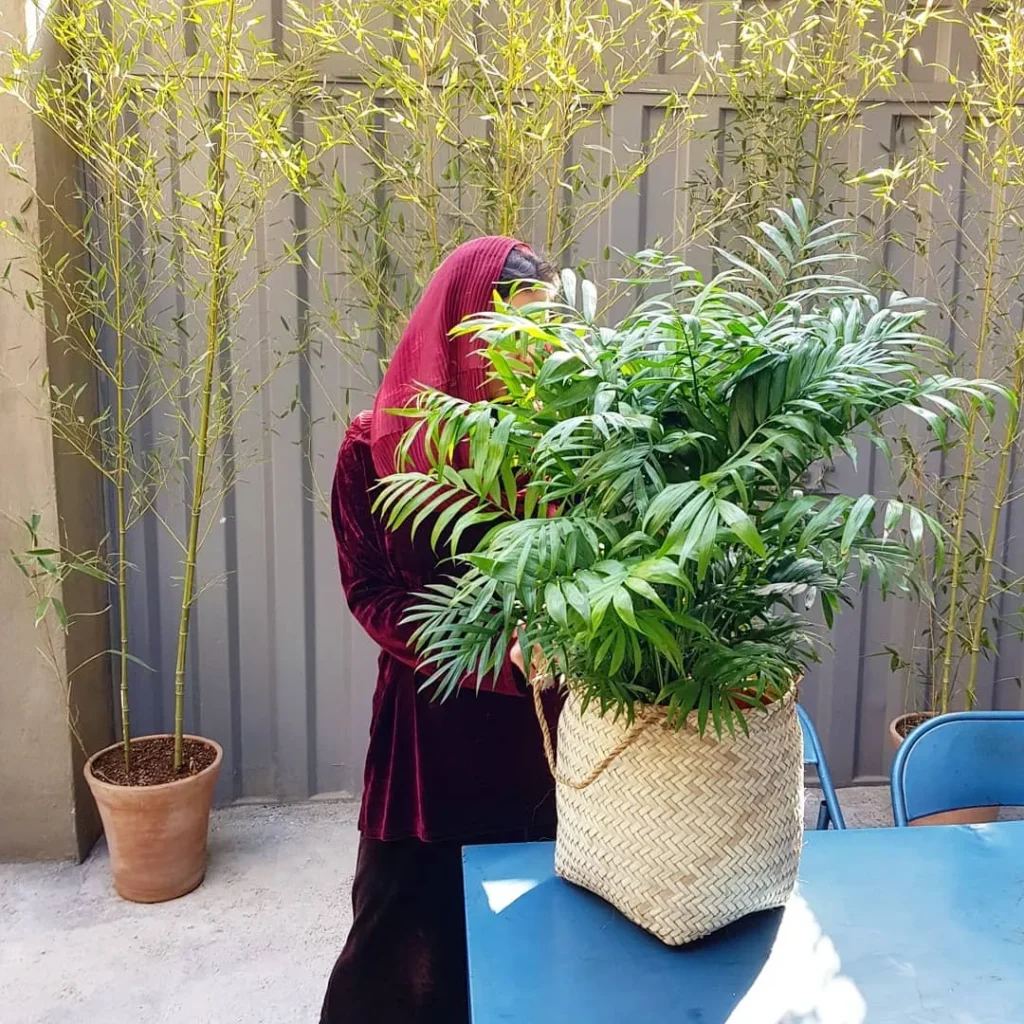
Spider mites are a common nuisance that can wreak havoc on your beloved Bamboo Palms. These tiny pests may be difficult to detect at first, but with the right approach, you can eliminate them and prevent future infestations.
Follow the tips below to effectively manage spider mite infestations and improve the overall health of your palms.
Detecting Spider Mite Infestations
To tackle spider mites, it’s crucial to identify their presence early on. Keep an eye out for telltale signs such as the presence of fine webbing, discolored or stippled leaves, and leaf drop.
Regularly inspect the undersides of leaves, where these tiny pests often congregate.
Eliminating Spider Mites
There are several methods you can employ to control spider mite populations. Consider using natural remedies like a mixture of mild soap and water to spray affected leaves.
Additionally, you can introduce beneficial insects, such as ladybugs or predatory mites, to feed on the spider mites.
Another effective approach is to increase humidity around your Bamboo Palms. Spider mites thrive in dry conditions, so misting the leaves or placing the plants near a humidifier can deter their growth.
Preventing Future Infestations
An essential aspect of managing spider mite infestations is improving the overall health of your Bamboo Palms. Ensure that your palms receive adequate sunlight and are well-irrigated, as healthy plants are more resilient against pests.
Regularly clean and dust the leaves to remove any potential hiding spots for spider mites.
Additionally, avoid over-fertilization, as excessive nitrogen can attract these pests. Instead, use balanced fertilizers recommended for Bamboo Palms and follow proper fertilization schedules.
Controlling Scale Insects

Scale insects are persistent and damaging pests that pose a threat to the health of Bamboo Palms. These sap-feeding insects can weaken the palms and even cause death if left unchecked.
Fortunately, there are effective methods for controlling and eradicating scale insects while ensuring the well-being of your plants.
One organic treatment option involves using horticultural oils or insecticidal soaps. These products work by suffocating the pests and disrupting their life cycle.
Apply the oil or soap thoroughly, targeting the undersides of leaves and the trunk where scale insects tend to congregate. Repeat applications may be necessary, following the manufacturer’s instructions for frequency.
In addition to organic treatments, cultural practices can also play a significant role in scale insect control. Regular pruning and removal of infested plant parts can help manage the pest population.
Use sterilized pruning tools and dispose of the pruned material away from healthy plants to prevent further infestation.
Another preventive measure is to encourage natural predators that feed on scale insects. Ladybugs, lacewings, and parasitic wasps are beneficial insects that can help control the pest population.
Create an inviting habitat for these predators by planting nectar-producing flowers nearby.
To further deter and discourage scale insects, it’s essential to monitor the moisture levels of your Bamboo Palms. Overwatering can create an ideal environment for scale insects to thrive.
Ensure proper drainage and avoid excessive watering to maintain optimal plant health.
Dealing with Aphid Infestations
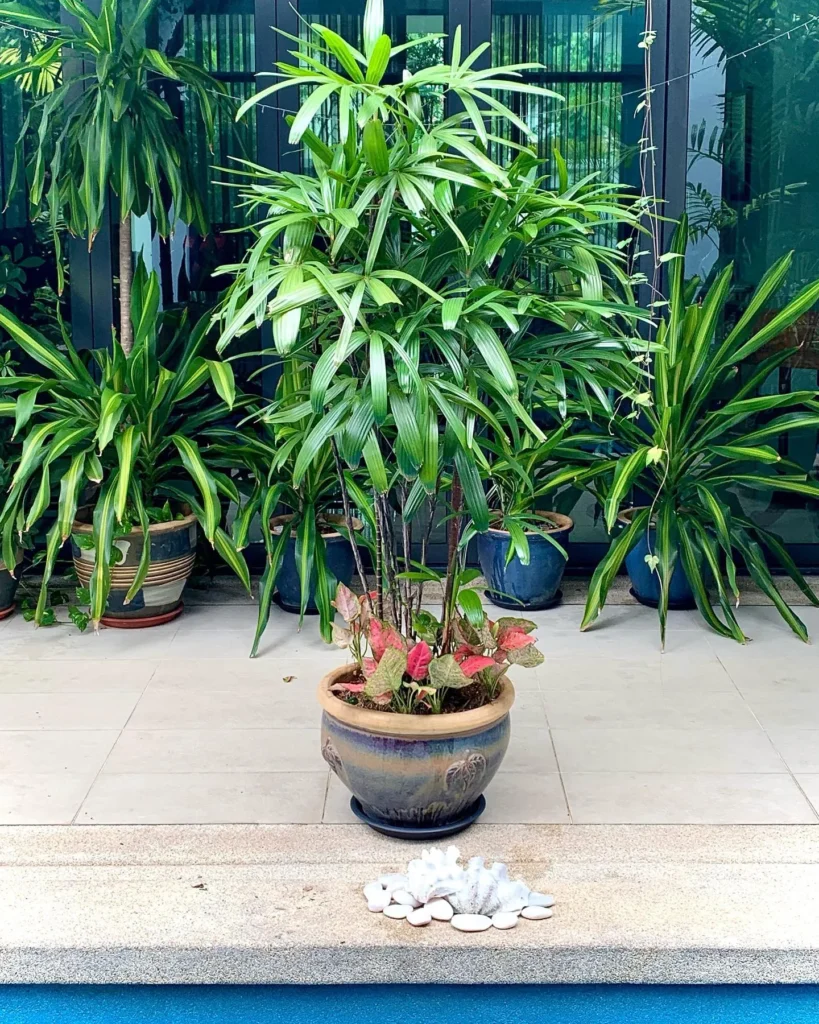
Aphids can quickly become a nuisance, infesting your precious Bamboo Palms and causing damage to their foliage. Luckily, there are effective strategies you can implement to control and manage these tiny pests, ensuring the health and vitality of your plants.
Next, fill a container with either perlite or coarse sand, ensuring that it has good drainage. Insert the stem cutting into the medium, making sure it is upright and stable. Place the container in a location with bright, indirect light.
1. Utilize Beneficial Insects
One natural and eco-friendly method to combat aphids is by introducing beneficial insects into your garden. Ladybugs, lacewings, and parasitic wasps are all natural predators of aphids.
These beneficial insects feed on aphids, helping to keep their population under control. You can purchase them from reputable garden centers or attract them naturally into your garden by planting flowers that attract these natural predators.
2. Apply Insecticidal Soap
If the aphid infestation is severe, or if you prefer immediate action, you can use insecticidal soap to eliminate them. Insecticidal soaps are specifically formulated to target soft-bodied insects like aphids.
Follow the instructions on the product label and apply the soap directly to the affected areas of your Bamboo Palms. Remember to thoroughly rinse the plants after the recommended contact time to prevent any soap residue from harming your plants.
3. Provide Proper Plant Nutrition
One effective way to prevent aphid infestations is to maintain the overall health and vigor of your Bamboo Palms. Healthy plants are more resistant to pests and diseases.
Ensure your palms receive proper nutrition by applying a balanced fertilizer regularly and providing adequate water. Avoid overfertilization, as it can make your plants more susceptible to aphid attacks.
- Choose a slow-release, organic fertilizer specifically formulated for palms.
- Follow the package instructions for application rates and frequency.
- Monitor soil moisture levels and water your plants accordingly.
- Avoid overwatering, as it can create favorable conditions for aphids.
Identifying and Treating Common Diseases
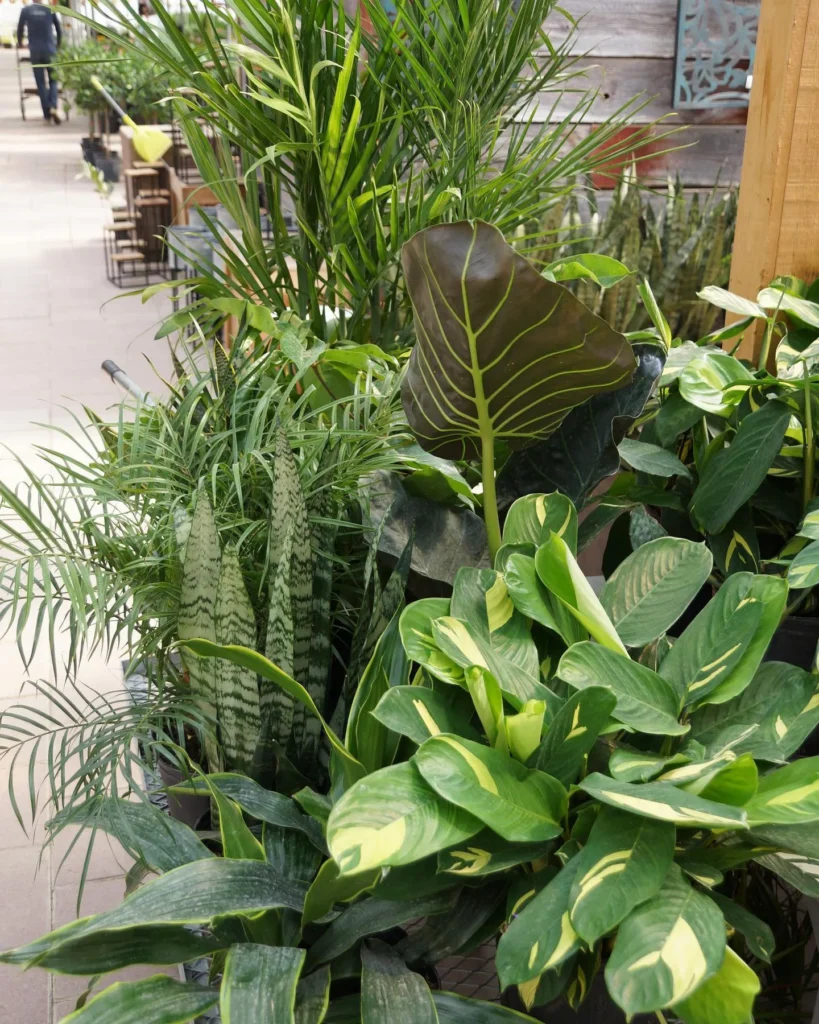
While Bamboo Palms bring beauty and elegance to any space, they are not immune to certain diseases that can hinder their growth and vitality.
By understanding how to identify and treat these common diseases, you can ensure the long-term health and well-being of your Bamboo Palms.
1. Fungal Infections
Fungal infections are a prevalent issue that Bamboo Palms may encounter. Symptoms of fungal infections include discolored or spotted leaves, wilting, and stunted growth.
It is crucial to address fungal infections promptly to prevent further spread and damage to the plant. Treatments usually involve applying appropriate fungicides and removing infected plant parts to contain the issue.
2. Root Rot
Root rot is a common problem caused by excessive moisture and poor drainage. Signs of root rot include yellowing leaves, wilting, and a foul odor emanating from the roots.
Proper watering practices and the use of well-draining soil can help prevent root rot. If detected, it is essential to adjust watering habits, remove affected roots, and apply fungicides to control the rot.
3. Leaf Spot
Leaf spot is characterized by the appearance of small, dark spots on the leaves of Bamboo Palms. This condition is typically caused by fungal or bacterial infections.
To combat leaf spot, it is important to maintain good air circulation around the plant, avoid overhead watering, and remove infected leaves. Fungicidal treatments may also be necessary to control the spread of the disease.
Why Propagate Christmas Cactus?
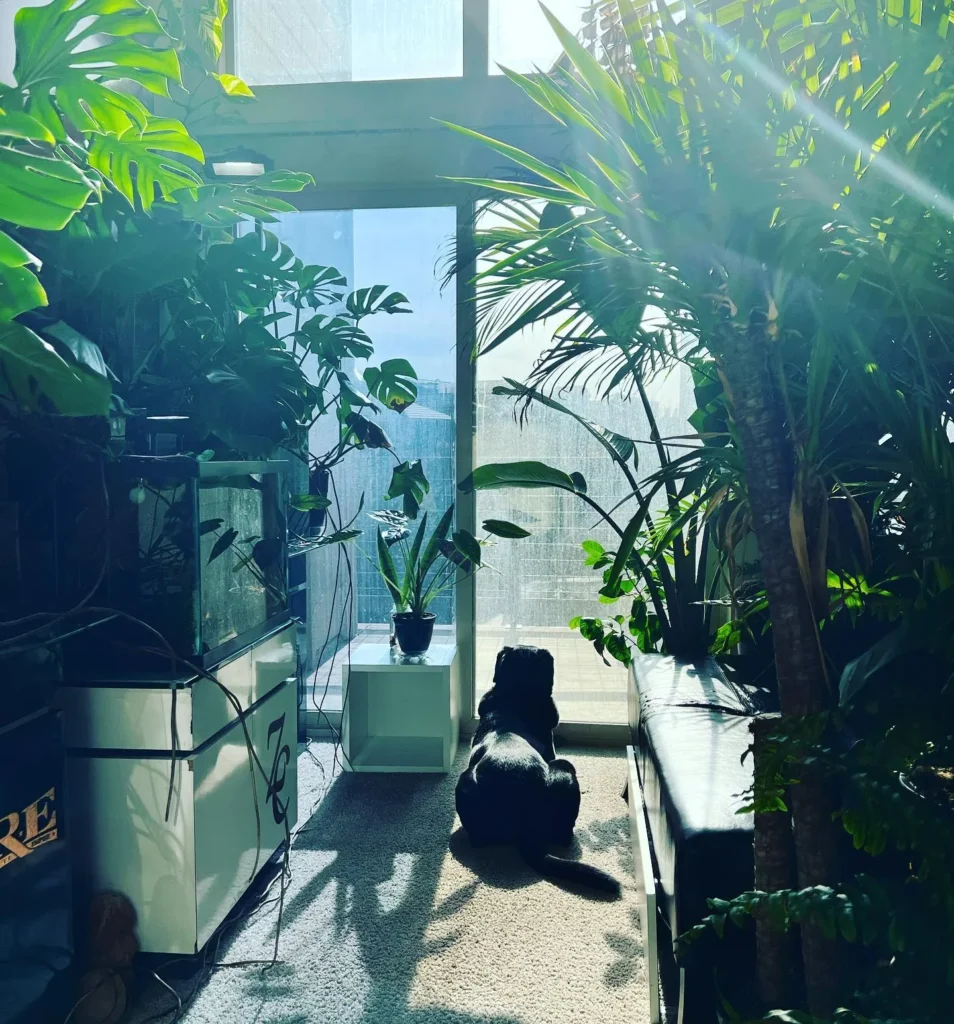
To ensure the health and vitality of your Bamboo Palms, it’s crucial to follow proper care practices. By implementing these essential maintenance tasks, you can create an environment that promotes the growth and wellbeing of your palms.
1. Watering
Proper watering is fundamental for Bamboo Palms. Aim to keep the soil consistently moist but not overly saturated. Check the moisture level regularly and adjust your watering frequency accordingly, ensuring the roots receive adequate hydration.
2. Fertilizing
Give your Bamboo Palms the nutrients they need by regularly fertilizing them. Choose a balanced, slow-release fertilizer specifically formulated for palms.
Apply according to the package instructions to provide essential nutrients for healthy growth.
3. Pruning
Regular pruning helps maintain the proper shape and size of your Bamboo Palms. Remove any yellowing or dead fronds, as well as any damaged or crossing branches.
Pruning not only enhances the appearance of your palms but also allows for better air circulation and reduces the risk of pest infestations.
4. Providing Adequate Sunlight
Bamboo Palms thrive in bright, indirect sunlight. Place them near a window with filtered light or provide them with shade if direct sunlight is too intense.
Strive to maintain a balance between sunlight and shade to prevent leaf scorching.
5. Preventing Overwatering
Overwatering can lead to root rot and other issues in Bamboo Palms. It is essential to ensure proper drainage for your plants, using well-draining soil and containers with drainage holes.
Avoid letting your palms sit in standing water, as this can suffocate the roots and cause root diseases.
- Regularly check the moisture level of the soil before watering.
- Allow the top 1-2 inches of soil to dry out slightly between waterings.
- Consider using a moisture meter to accurately determine the watering needs of your palms.
The Importance of Regular Monitoring
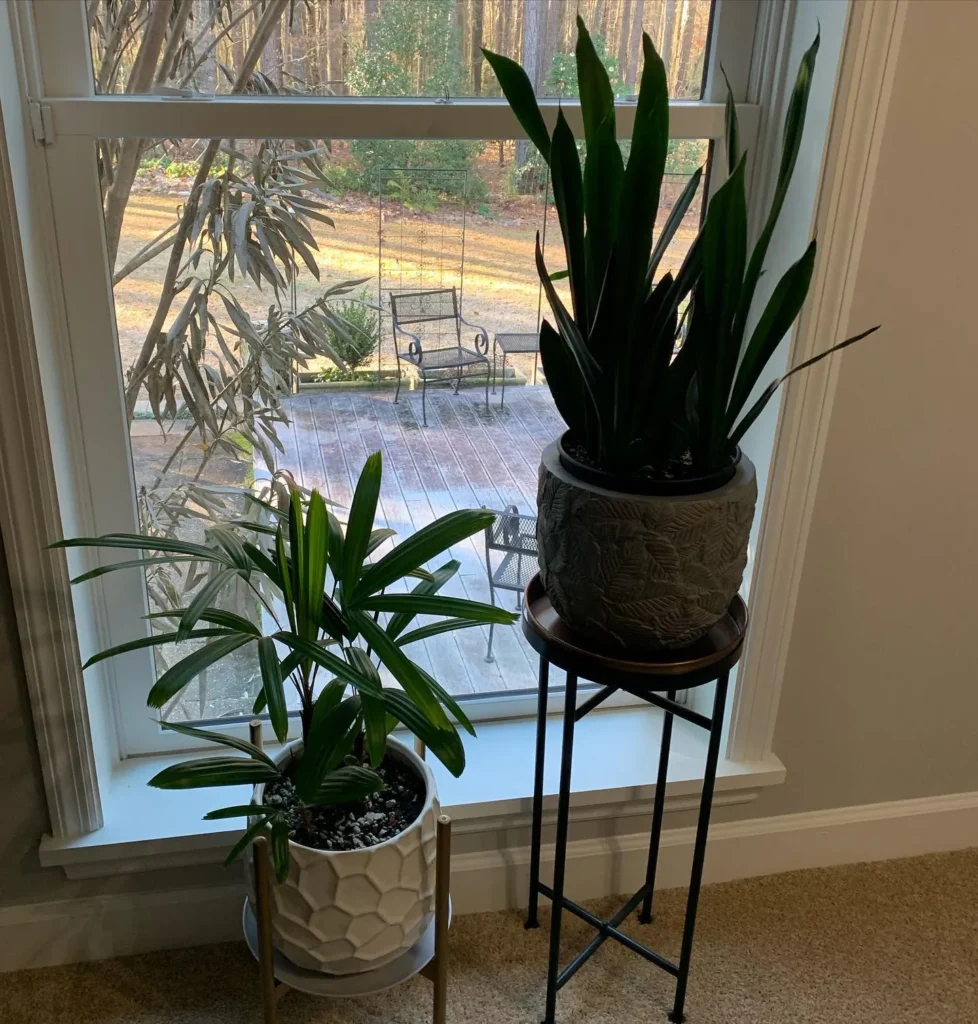
Regular monitoring plays a vital role in maintaining the health and well-being of your Bamboo Palms. By consistently observing your plants, you can quickly detect any signs of pests or diseases before they become major issues.
Early detection allows for prompt action and effective control, preventing further damage and ensuring the longevity of your beloved palms.
Why is regular monitoring so crucial? Pests and diseases can often go unnoticed initially, hiding in hard-to-spot areas or disguising themselves as harmless blemishes.
However, by closely examining your Bamboo Palms on a regular basis, you can catch these warning signs early on, avoiding potential infestations or outbreaks that could spread to other plants in your garden.
Additionally, a proactive approach through regular monitoring provides an opportunity for timely intervention.
You can address any problems promptly, implementing appropriate treatments or control methods to protect the overall health and vitality of your Bamboo Palms. By staying vigilant and attentive, you can nip issues in the bud and minimize the risk of extensive damage.
Remember, prevention is always better than cure. Regular monitoring allows you to stay one step ahead, identifying potential threats and addressing them proactively.
By adopting this practice, you can enjoy a thriving and pest-free garden filled with beautiful, healthy Bamboo Palms.






